Martin Garbade
3D Semantic Scene Completion from a Single Depth Image using Adversarial Training
May 15, 2019
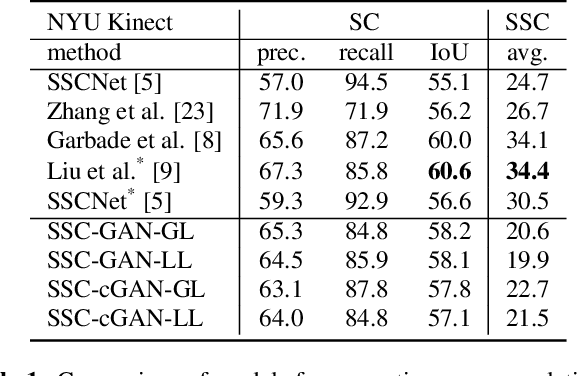
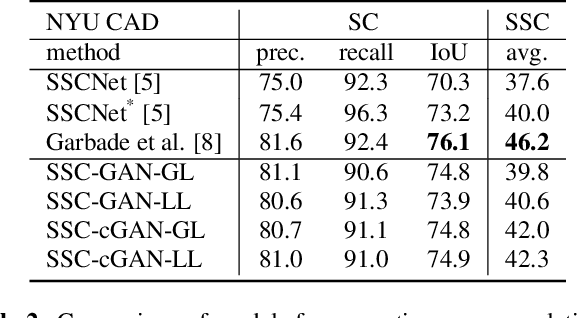
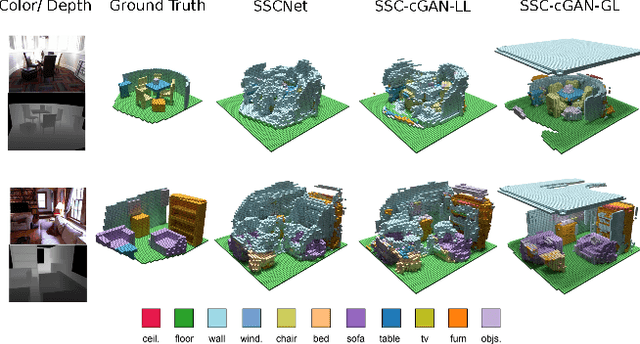
Abstract:We address the task of 3D semantic scene completion, i.e. , given a single depth image, we predict the semantic labels and occupancy of voxels in a 3D grid representing the scene. In light of the recently introduced generative adversarial networks (GAN), our goal is to explore the potential of this model and the efficiency of various important design choices. Our results show that using conditional GANs outperforms the vanilla GAN setup. We evaluate these architecture designs on several datasets. Based on our experiments, we demonstrate that GANs are able to outperform the performance of a baseline 3D CNN in case of clean annotations, but they suffer from poorly aligned annotations.
A Dataset for Semantic Segmentation of Point Cloud Sequences
Apr 02, 2019
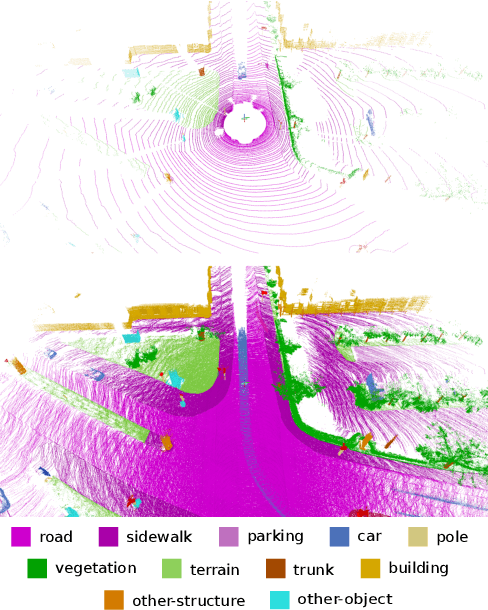


Abstract:Semantic scene understanding is important for various applications. In particular, self-driving cars need a fine-grained understanding of the surfaces and objects in their vicinity. Light detection and ranging (LiDAR) provides precise geometric information about the environment and is thus a part of the sensor suites of almost all self-driving cars. Despite the relevance of semantic scene understanding for this application, there is a lack of a large dataset for this task which is based on an automotive LiDAR. In this paper, we introduce a large dataset to propel research on laser-based semantic segmentation. We annotated all sequences of the KITTI Vision Odometry Benchmark and provide dense point-wise annotations for the complete $360^{o}$ field-of-view of the employed automotive LiDAR. We propose three benchmark tasks based on this dataset: (i) semantic segmentation of point clouds using a single scan, (ii) semantic segmentation using sequences comprised of multiple past scans, and (iii) semantic scene completion, which requires to anticipate the semantic scene in the future. We provide baseline experiments and show that there is a need for more sophisticated models to efficiently tackle these tasks. Our dataset opens the door for the development of more advanced methods, but also provides plentiful data to investigate new research directions.
Two Stream 3D Semantic Scene Completion
Jul 16, 2018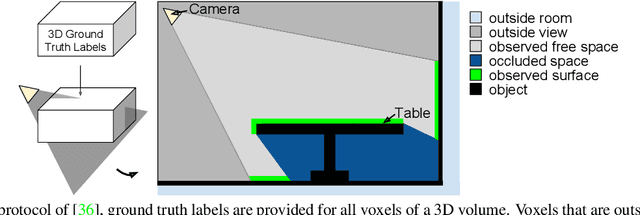



Abstract:Inferring the 3D geometry and the semantic meaning of surfaces, which are occluded, is a very challenging task. Recently, a first end-to-end learning approach has been proposed that completes a scene from a single depth image. The approach voxelizes the scene and predicts for each voxel if it is occupied and, if it is occupied, the semantic class label. In this work, we propose a two stream approach that leverages depth information and semantic information, which is inferred from the RGB image, for this task. The approach constructs an incomplete 3D semantic tensor, which uses a compact three-channel encoding for the inferred semantic information, and uses a 3D CNN to infer the complete 3D semantic tensor. In our experimental evaluation, we show that the proposed two stream approach substantially outperforms the state-of-the-art for semantic scene completion.
Pose for Action - Action for Pose
Feb 10, 2017
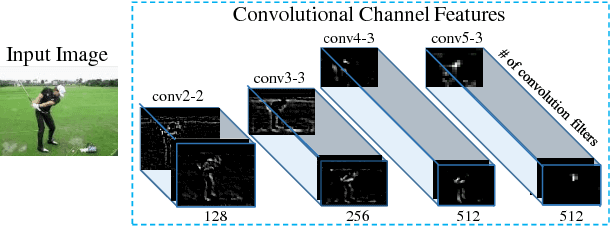
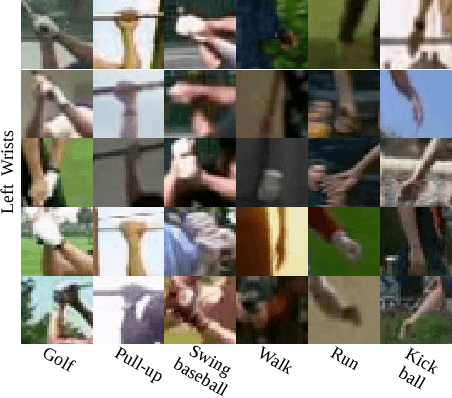

Abstract:In this work we propose to utilize information about human actions to improve pose estimation in monocular videos. To this end, we present a pictorial structure model that exploits high-level information about activities to incorporate higher-order part dependencies by modeling action specific appearance models and pose priors. However, instead of using an additional expensive action recognition framework, the action priors are efficiently estimated by our pose estimation framework. This is achieved by starting with a uniform action prior and updating the action prior during pose estimation. We also show that learning the right amount of appearance sharing among action classes improves the pose estimation. We demonstrate the effectiveness of the proposed method on two challenging datasets for pose estimation and action recognition with over 80,000 test images.
 Add to Chrome
Add to Chrome Add to Firefox
Add to Firefox Add to Edge
Add to Edge